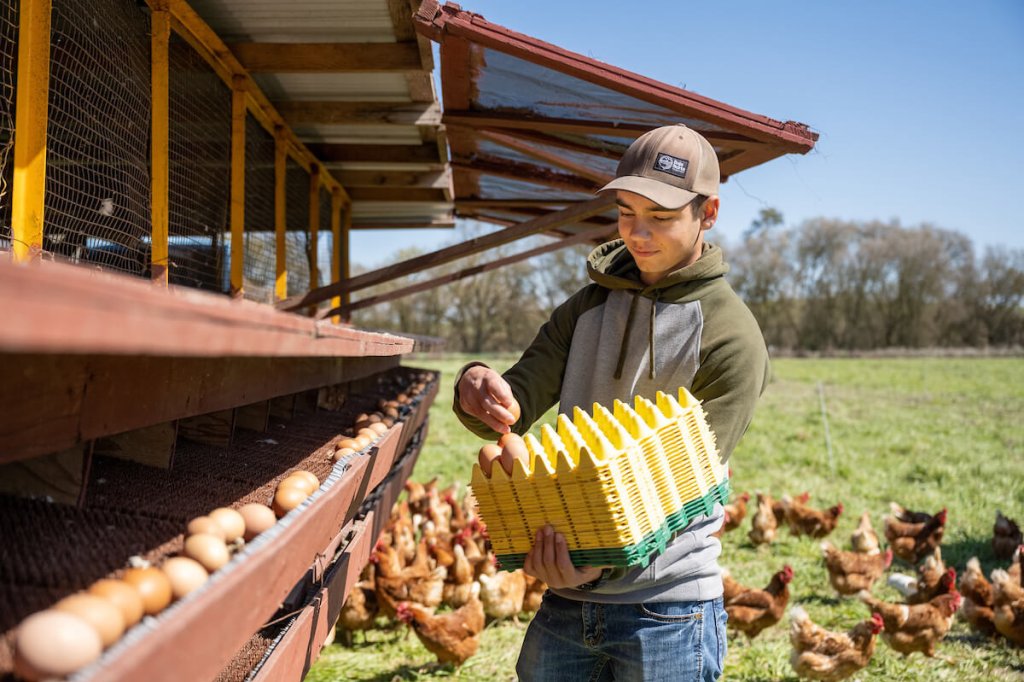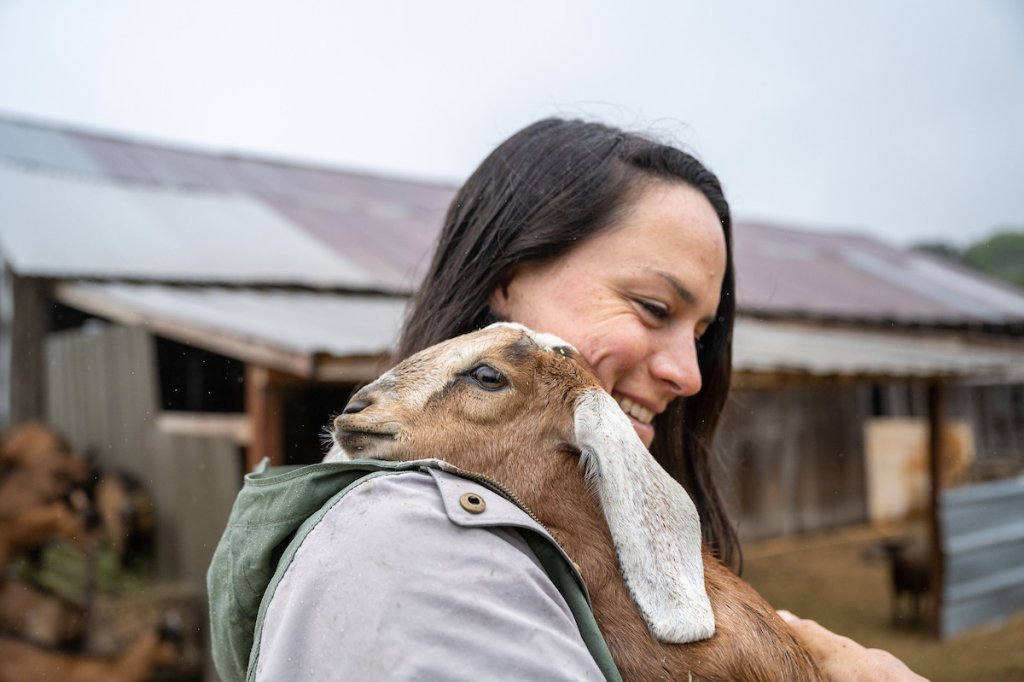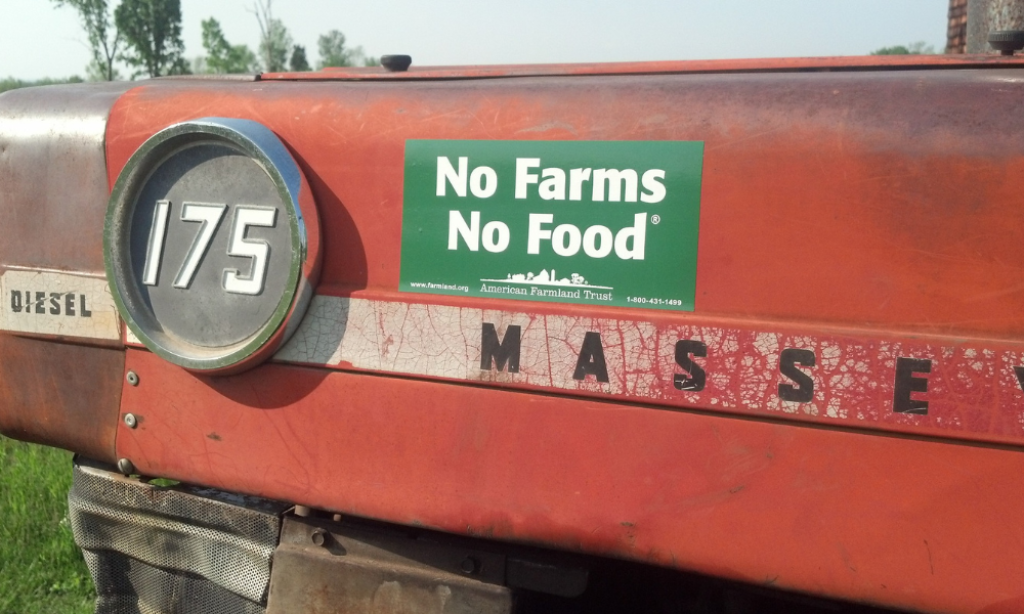2022 Pacific Northwest Agriculture Legislative Review
Photo via Washington State Conservation CommissionKey victories and next steps in Oregon and Washington
This year, the American Farmland Trust was active at the legislatures to advance our mission to protect the Pacific Northwest Oregon and Washington agriculture, promote sound farming practices, and keep farmers on the land. In collaboration with partners who advocate for both natural and working lands, we are celebrating some key victories, as well as looking towards the future.
Protect Farmland
In Washington, we are celebrating $2 million for the Farmland Protection and Land Access (FPLA) program. As part of a coalition of advocates, we supported this budget request to finally fund an easement account that was first established at the State Conservation Commission in 2002. FPLA will work in tandem with a new loan financing program by purchasing easements on farmland that is at risk of being developed. Historically underserved farmers will receive priority, including young and beginning farmers, people of color, and veterans.
Meanwhile, farmland enthusiasts across Oregon are excited for the first infusion of funding for the Oregon Agricultural Heritage Program (OAHP). A strong coalition succeeded in elevating the importance of this funding and got it across the finish line with $5 million. It can now be put to action to keep farmland in production through working land easements and conservation management plans.
An emerging concern in the Pacific Northwest is the conversion of farms and habitat to solar energy. Alongside Audubon Washington, we proposed a definition for “preferred sites” for solar development, including the built environment. This year, Washington’s budget includes funding for solar, with priority for projects on preferred sites. HB 1814, a successful bill to fund community solar for low-income communities, explicitly requires preferred siting.
Promote Sound Farming Practices
First, a quick highlight on this year’s challenges around farms and fish in Washington. Amid difficult conversations on the future of agriculture and salmon, we joined the call to invest in the state’s chronically underfunded farm conservation programs. The legislature responded with significant investments for voluntary stewardship that support both salmon recovery and the viability of farming. There is more work ahead to understand the challenges and invest in solutions.
Our direct advocacy focused on climate-smart agriculture, which comes at a critical time for states to leverage federal funding. Our message is guided by farmers and ranchers who are eager to adopt new practices. They see opportunities to enhance their productivity, adapt to changing weather, and be good stewards of the Earth. In Washington, the Sustainable Farms and Fields program received its inaugural funding of $2 million, which will offer grants to sequester carbon and reduce greenhouse gas emissions. Dozens of farms, ranches, and organizations across the state supported this funding.
The Natural and Working Lands bill brought forward by the Oregon Global Warming Commission would have created a framework to advance carbon sequestration and climate resilience on farms and rangeland. As part of a coalition, we helped bring forward the message about the benefits to farmers and ranchers. Sadly, this legislation did not advance. We are grateful to the partners who supported this effort and look forward to continuing to work together to make this a reality.
Urban communities also have something to celebrate for climate-smart agriculture. Washington funded a study about agrivoltaic rooftops, which are systems that support agriculture and produce renewable energy on large buildings. We advocated for a study of agrivoltaics that could enhance the viability of agriculture on the land, but we also support this concept for urban food and energy production.
Photo via Oregon State UniversityKeep Farmers on the Land
As the population grows in the Pacific Northwest, farms face more and more pressure to develop. Urbanization is a significant threat to keeping farmers on the land. New housing sprawls into rural areas, impacting farms across the region. Land becomes fragmented, property values rise, and the local agricultural economy erodes. All the achievements we celebrated above will have less impact as farmers continue to be outcompeted in the real estate market. Once the land is developed, the farm is lost forever.
Oregon’s statewide land use planning system is the strongest in the nation for preserving farmland, but it is always at risk from bills intended to weaken these protections. This year we opposed HB 4118, which would have allowed the expansion of urban growth boundaries to build workforce housing. Housing is sorely needed, but not on farmland. There is more than enough land in urbanized areas to meet the need. Thankfully, this bill was defeated.
Though it took 15 years, Washington took a step forward by finally closing a loophole that enabled urban sprawl. While we celebrate this success, we remain concerned that the state is not doing enough to advance infill housing in areas that have already been developed. We supported a bill to allow middle housing in urban areas, which made it further than ever before in the legislature — but not far enough. Washington should look towards the leadership that Oregon showed in 2019 to legalize middle housing.
While the threats that face the future of farmland continue to outpace the solutions on the ground, significant progress was made this year. Looking forward, Oregon and Washington will need to be bold in their commitments to protect farmland, support climate-smart agriculture, and feed a growing population. We will continue our work to save the land that sustains us by leaning into these challenges, but first we’ll celebrate this year’s key victories for the Pacific Northwest Oregon and Washington agriculture.



